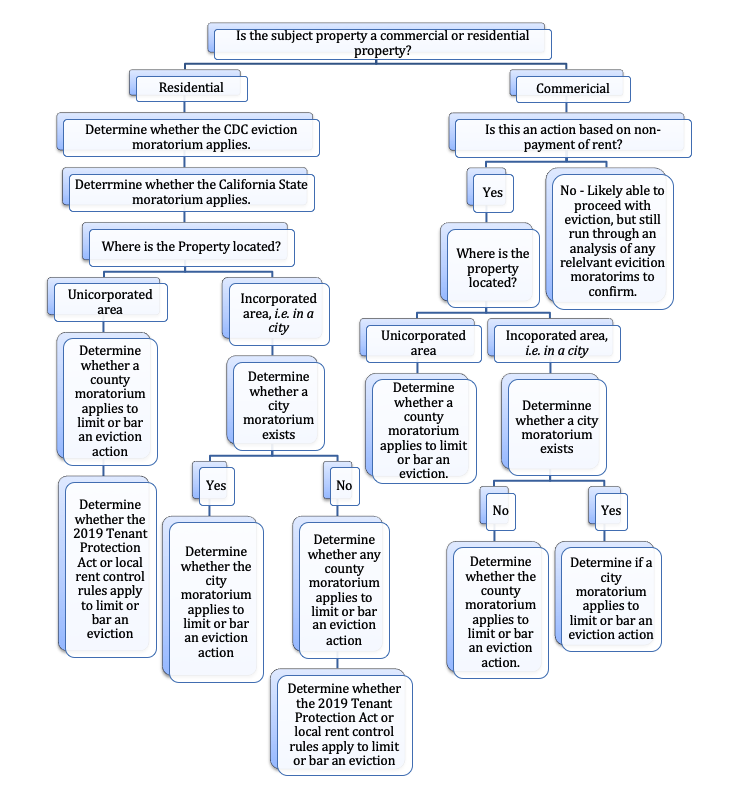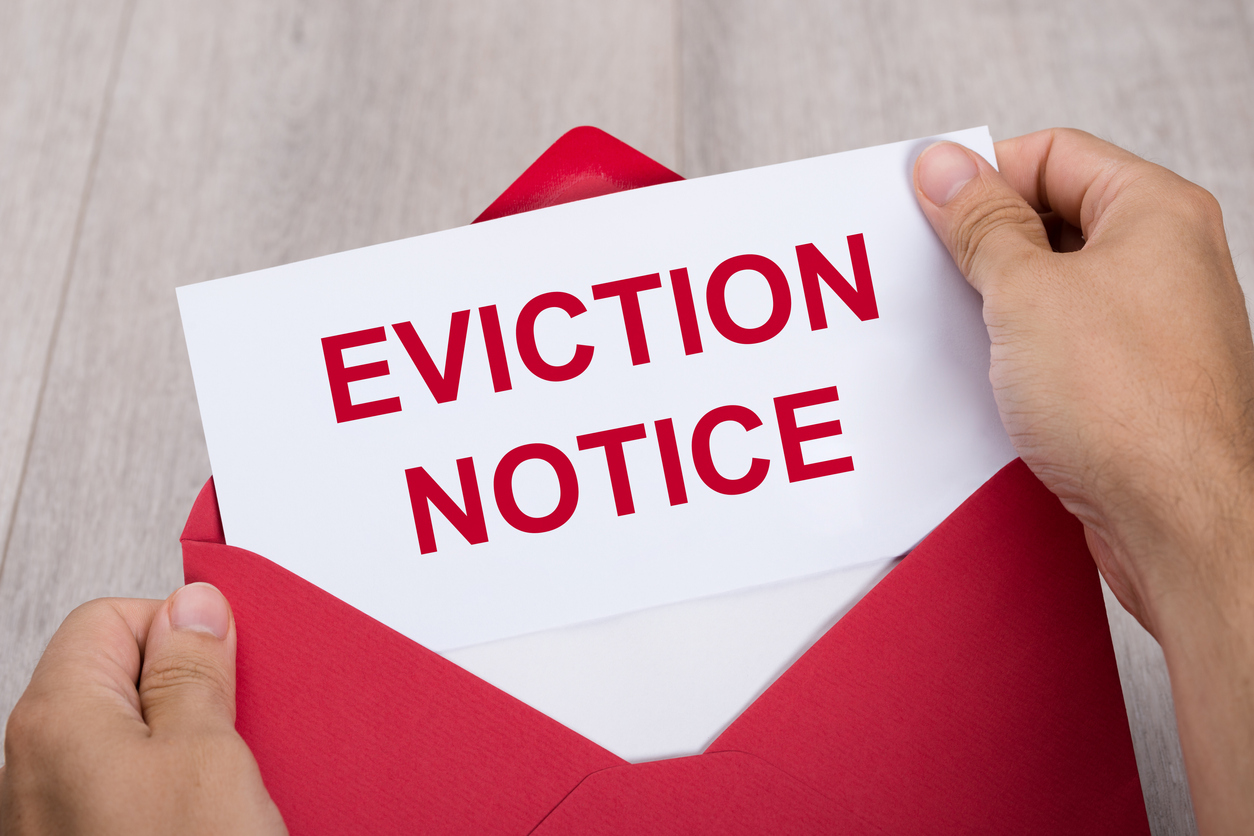Updated on June 30, 2022
COVID Eviction: Unlawful Detainer
Does county or city moratorium applies to you?
As a matter of public policy, during the COVID-19 pandemic, federal, state and local governments have enacted temporary eviction moratoriums to prevent and slow the transmission of the coronavirus.
Which Eviction Moratorium will Apply
However, the protections at each level of government and between different local governments can vary widely. In fact, it is certainly possible that more than one eviction moratorium may apply to any given subject property. For example, a property located in the City of Los Angeles is potentially subject to federal, state, county, and city level eviction moratoriums, which all determine whether and for what reasons a landlord may evict a tenant. Given the technical aspects of unlawful detainer actions, both landlords and tenants should closely scrutinize the relevant rules that could apply to an eviction action that accrues or is filed during the pandemic. Although there are many exceptions and considerations depending on the specific situation, below is an unlawful detainer flowchart that provides an overview of some of the considerations when filing an unlawful detainer during COVID-19.
Understand Eviction Moratorium in Flow Chart
Let’s go over an example of how this flow chart may apply to you, or how you may use the flow chart to help you. We’ll start with the question on top: Is the subject property a residential or commercial property? For the sake of this example, let’s go with a commercial property. The next question asks if the unlawful detainer action is based on non-payment of rent. If it is, go to yes. If it is no, go to no. For now, let’s go with yes. We now have to determine and think about where the property is located. Is the property is located in an incorporated or unincorporated area? Let’s say unincorporated area. In this case, we would have to determine whether a county moratorium applies to limit or bar an eviction.

While this flow chart is helpful in determining what to consider when filing or defending an unlawful detainer action that accrues or is filed during the pandemic, it is always advised that you contact a real estate attorney Los Angeles to help assess the situation for you.
Schorr Law has experience litigating all types of landlord tenant disputes for both residential and commercial properties. To schedule a consultation with eviction attorney in Los Angeles regarding your unlawful detainer matter, please contact us by phone, email, or send us a message through our contact form. Please be advised that residential landlord/ tenant related matters do not qualify for a free consultation, and do require a fee.
